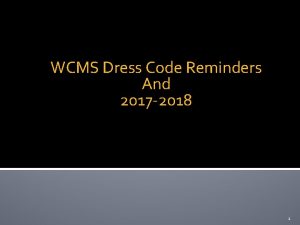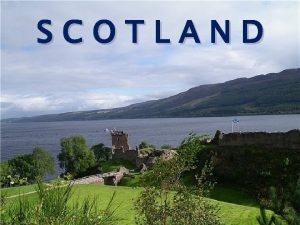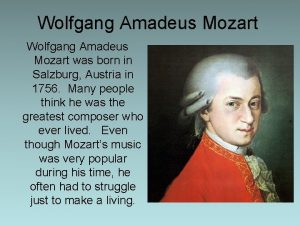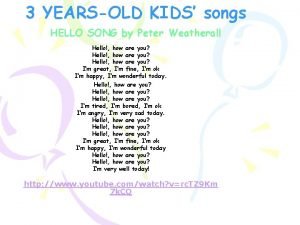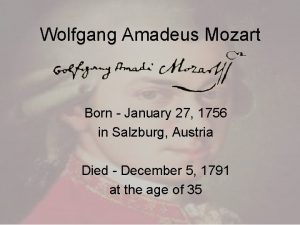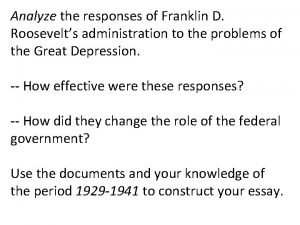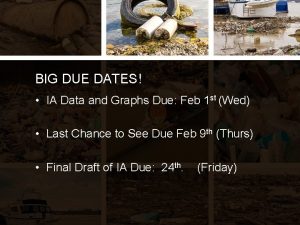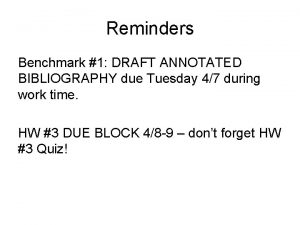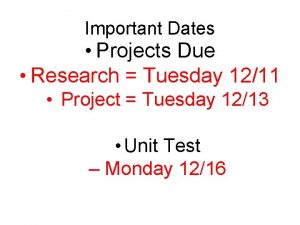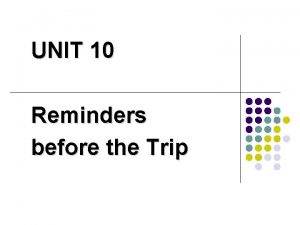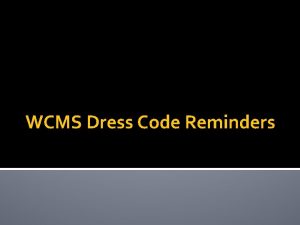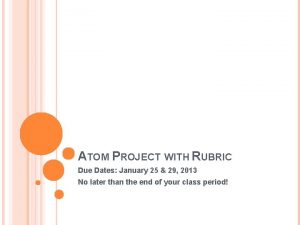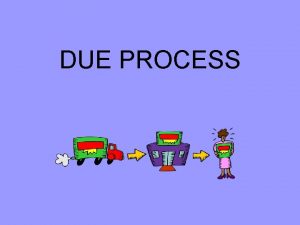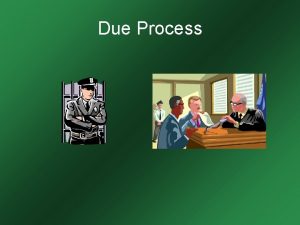Tuesday Tuesday January 12 2021 Reminders Due dates



















- Slides: 19

Tuesday

Tuesday, January 12, 2021 Reminders: • Due dates for assignments are now on the WAG. • Students who have 25 points of GROWTH on your i. READY Math and/or ELA diagnostic are entered into a gift card drawing. Today (Live) Lesson on Energy: Energy Transfer via Conduction and Convection No Graded Assignment for today Exit Ticket: Email Mrs. Workman

Energy: Conservation & Transfer • Learning Target: – At the end of this lesson, you will be able to explain the differences in thermal energy transfer via convection, conduction, and radiation.

Essential Question: How can thermal energy (heat) be transferred from one system to another?

Warm Up A hot cup of cocoa is left on the kitchen counter. A bowl of ice cream is left on the dining room table. Describe what happens to both, and explain in terms of “thermal energy” and the motion of atoms.

How is Heat Transferred? Heat is transferred in three ways:

Equilibrium A state of BALANCE between two opposing forces. Heat always moves from warmer to cooler objects/spaces/substances Heat transfers until it reaches a state of EQUILIBRIUM

Thermal Energy Transfer

Thermal Energy Transfer CONDUCTION : heat transferred when two objects touch.

Thermal Energy Transfer: Conduction: Direct transfer of heat or electricity through a substance. While conduction occurs in solids, liquids, and gases, it works better in solids (such as land metals), but not as well in liquids and gases (air and water do not conduct heat as well. )

Examples of conduction where heat is transferred from particle to particle. How is thermal energy being transferred in each picture? Conduction Ex. #1 Conduction Ex. #2 Conduction Ex. #3 the heat is transferred from the frying pan to the cooking egg the heat is transferred from the hot coffee to the spoon the heat is transferred from the feet to the cold tile floor

Thermal Energy Transfer CONVECTION : heat transferred by the circulation or movement of a liquid or gas. (fluids)

Thermal Energy Transfer: Convection A fluid is a liquid or gas and has the ability to flow. Solids, however, maintain their position

Thermal Energy Transfer: Convection • Water (H 2 O) at the bottom of the pot rise to the water at the top of the pot. • This causes a circular motion we know as a CURRENT. • Warmer (hotter) water rises while the cooler (colder) water sinks. • Cold water is MORE dense than warm water so it SINKS. • Water reaches equilibrium when all of the water has the same temperature.

Examples of convection where heat is transferred in fluids. Convection Ex. #1 Convection Ex. #2 Convection Ex. #3 Convection occurring in water inside a pot that is on a stove Convection occurring in a room with a radiator. Convection occurring in the atmosphere.

Convection Currents The upward movement of warm air and downward movement of cool air forms convection currents. Eventually the warmer air cools and begins to fall again. COLD HOT Heated fluid (liquid or gas) expands, becoming less dense. Because it is less dense, it rises. Cooler fluids rush in to replace the air that lifted up. As the warm fluid rises and cool fluid falls, a circular pattern is created known as a convection current



Exit Ticket • EMAIL ME at brandi. workman@onslow. k 12. nc. us • Explain the difference between conduction and convection. • You can even ADD pictures if you would like but you MUST write an explanation.
 Sunday, tuesday, january, saturday
Sunday, tuesday, january, saturday Interview etiquette definition
Interview etiquette definition Ehr alerts and reminders
Ehr alerts and reminders Staar reminders
Staar reminders Wcms dress code
Wcms dress code Math reminders
Math reminders Due tuesday
Due tuesday Fitrep block 41 examples
Fitrep block 41 examples Nc governor's school 2021
Nc governor's school 2021 Procedural vs substantive due process
Procedural vs substantive due process Le leggi di dracone
Le leggi di dracone Due piccole sfere identiche sono sospese a due punti p e o
Due piccole sfere identiche sono sospese a due punti p e o Ha solo due lati paralleli e due lati congruenti
Ha solo due lati paralleli e due lati congruenti Life of a plant by risa jordan
Life of a plant by risa jordan 25 january scotland
25 january scotland Which famous musician is born in salzburg austria
Which famous musician is born in salzburg austria When was poe born
When was poe born Jack hartmann january
Jack hartmann january He was born in salzburg austria on january 27 1756
He was born in salzburg austria on january 27 1756 Letter to senator robert wagner, march 7, 1934.
Letter to senator robert wagner, march 7, 1934.




